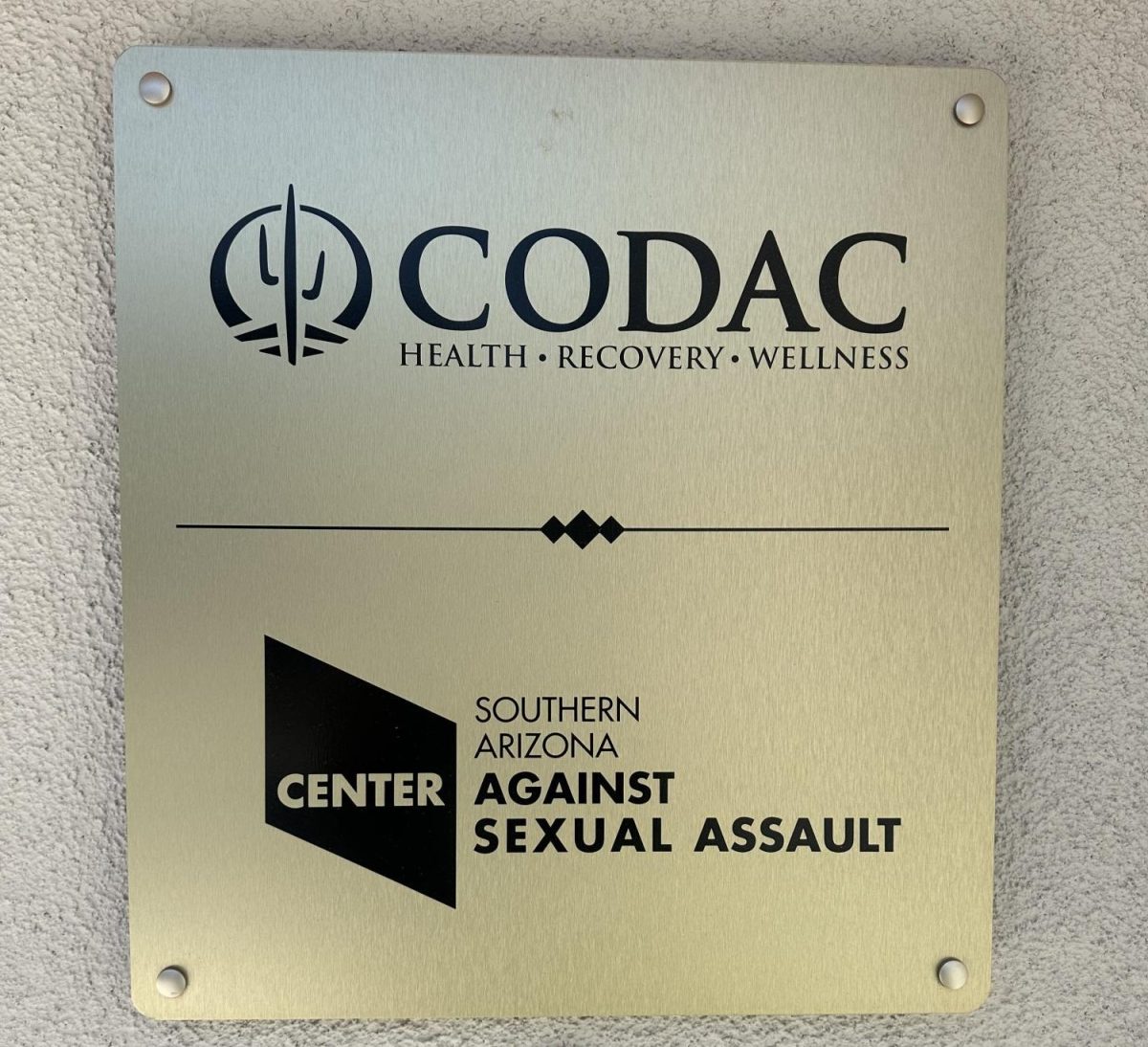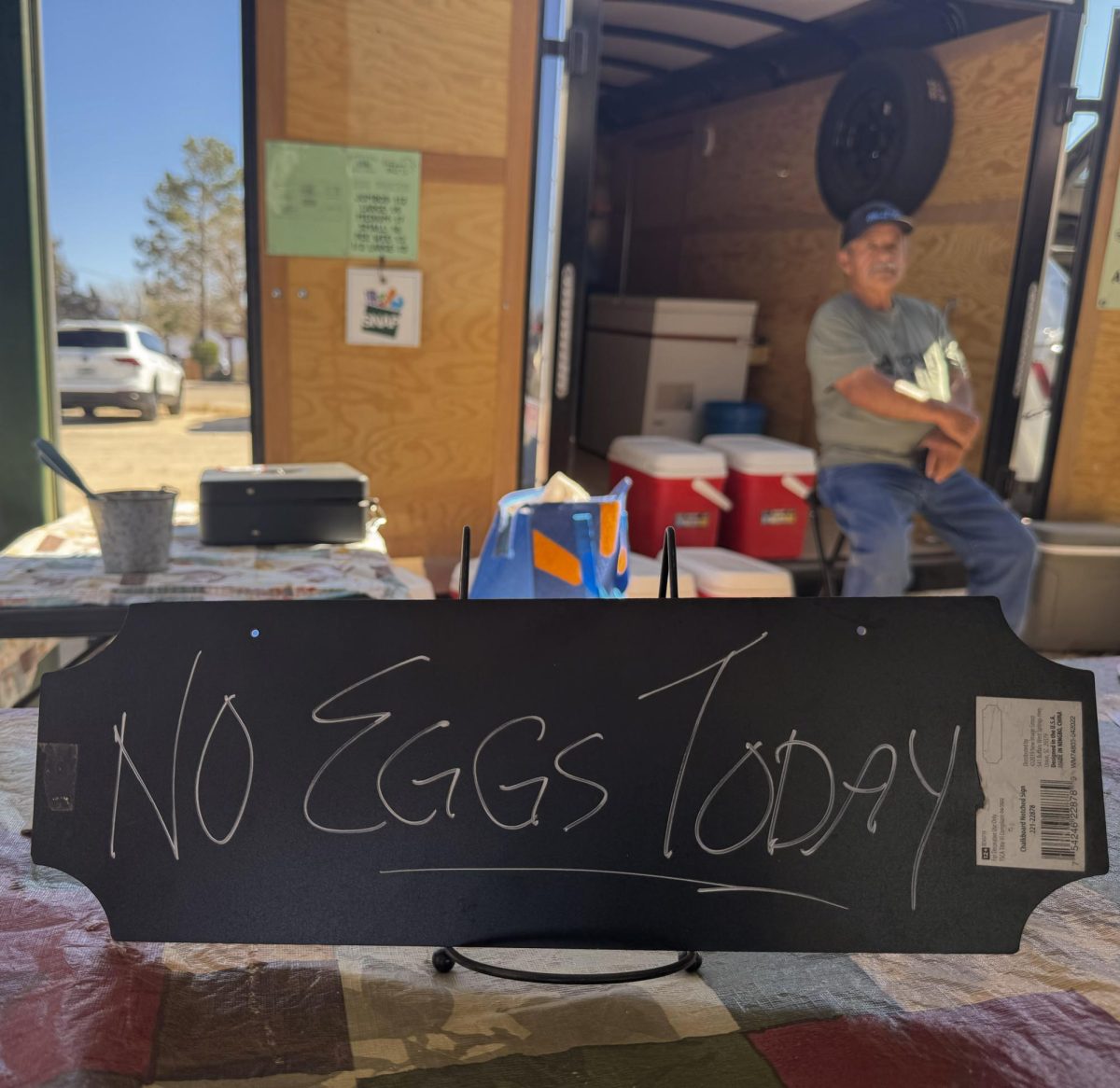Tucson has never been a stranger to the opioid crisis plaguing America.
In 2023, Pima County saw 374 deaths from overdose; 222 resulted from the use of fentanyl.
According to the Arizona Department of Health Services, five people die every day in Arizona from opioid overdose.
A fledgling club at the University of Arizona is hoping to help reduce that number.
The non-profit Team Awareness Combating Overdose, launched in fall 2022, works to spread awareness and access to “neutral, non-judgemental, scientific data” that can empower and educate college students and young adults regarding personal drug use.
The team, nicknamed TACO, uses educational posts, presentations and pop-up distribution stands to reach students.
TACO was started by students at the University of Southern California. The UA chapter was launched by Madison Trotter, the group’s 22-year-old president.
“It started out with just me, and now we have around 65 members; we’re a recognized student organization on campus,” said Trotter, who said she didn’t feel she had received adequate drug education, and wanted to do something about it.
TACO UA has given educational presentations to many of the fraternities and sororities on campus and regularly distributes fentanyl test strips on the UA Mall. The strips can test for fentanyl in other drugs and substances.
The club also hosts fundraisers to keep fentanyl test strips free for students on campus and works with researchers and psychiatrists to provide scientific research to students through their social media pages.
Trotter said the group started with a booth on Greek row where they distributed fentanyl test strips. Since then, “our organization, I think, is not only well-known but people come to find us,” she said.
Trotter said that during the UA Club Fair in January and at a distribution held the following week, TACO distributed over 400 fentanyl test strips.
Pima County reported a 75% drop in the total number of overdose deaths from 2022 to 2023, from 495 to 374.
The City of Tucson has taken steps in the past to combat the fentanyl crisis, including providing Tucson Police Department officers with the life-saving drug naloxone.
The Pima County Board of Supervisors in 2017 passed a resolution to support “research, funding and expanded access to treatment” that would address opioid dependence and addiction.
But according to a 2023 Pima County Health Department memo, those initiatives did little to curb the problem. Health department officials reported that the number of deaths attributed to fentanyl continued to increase statewide; more than five people die each day from opioid overdose in Arizona, the department reported.
Pima County Health Department has since adopted a “Three-Tiered Prevention Framework” that many other cities across the U.S. are using to combat the crisis.
The primary strategies include youth prevention, access to services and data tracking to better understand which communities have been most impacted.
The secondary prevention strategies include deploying PCHD’s Community Mental Health and Addiction team, formed in 2018, to research trends and target outreach in high-risk overdose areas. The team, partnering with the health department, also supplies first responders with naloxone and provides overdose response training, fentanyl test strips and educational materials to public libraries.
The tertiary prevention strategies were not discussed on a local level, however, their purpose is to “prevent complications and adverse outcomes stemming from opioid misuse, with a primary goal of preventing overdose deaths,” the county memo stated.
This includes exploring creating opioid response teams for a more rapid emergency response.
Pima County does not yet have an opioid response team, however, PCHD has proposed implementing a “Joint Cross-Jurisdictional Fentanyl/Opioid Coordinating Committee.”
Some of PCHD’s other recommendations include developing competent education tools and communication campaigns, strengthening individual and family trauma and recovery support, implementing rapid access to behavioral health and residential care and expanding post-overdose interventions.
TPD also launched a deflection program in July 2018 that gives officers the discretion to steer individuals struggling with substance abuse toward treatment rather than arrest.
The program has been praised by the Pima County Community Prevention Coalition, however, the problem persists.
The issue seems to be stemming from two main points: access to care and proximity to the U.S.-Mexico border.
Federal officials in 2021 labeled 17 of the 23 primary care areas in Pima County “health professional shortage areas,” and the state identified 19 as “medically underserved areas.” This essentially means much of Pima County is experiencing a shortage of health professionals.
Additionally, 10.3% of people within Pima County don’t have health insurance, which jumps to 12.3% if you look at people specifically under the age of 65.
Pima County’s proximity to Nogales poses another threat. According to U.S. Customs and Border Protection, CBP officers in Nogales, Arizona, seized nearly $4.6 million in fentanyl and methamphetamine; close to 650 pounds in January 2019.
In 2023, CBP seized around 27,000 pounds of fentanyl along the southern border, 12,700 pounds of that was seized in the Tucson Sector.
Ingesting just 2 milligrams of fentanyl, a very small amount, can trigger a fatal overdose.
“In my 30 years as a customs official, the trafficking of synthetic illicit drugs like fentanyl is one of the toughest, most daunting challenges I have ever seen,” said CBP Senior Official Troy Miller.
Students interested in joining TACO for the 2024-25 school year can visit their Instagram page @taco.uofa to find the club application.
Arizona Sonoran News is a news service of the University of Arizona School of Journalism.






















